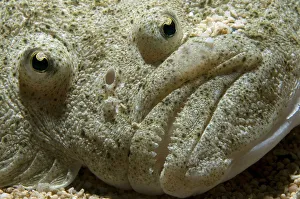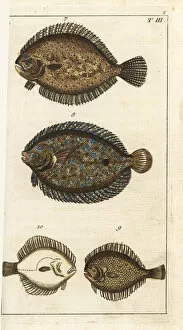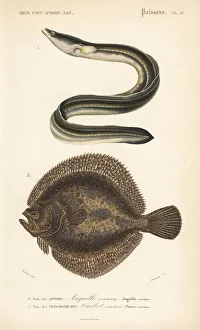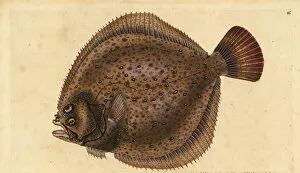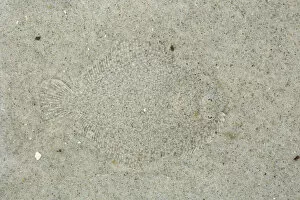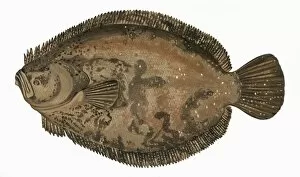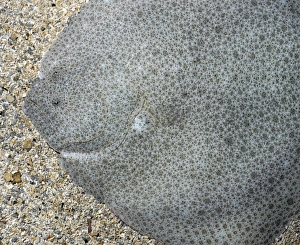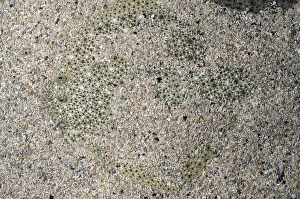Scophthalmus Collection
In the depths of the United Kingdom's coastal waters, a magnificent creature known as Scophthalmus maximus, or Turbot, gracefully glides through the September currents
All Professionally Made to Order for Quick Shipping
In the depths of the United Kingdom's coastal waters, a magnificent creature known as Scophthalmus maximus, or Turbot, gracefully glides through the September currents. With its striking eyes and mouth delicately poised, this species captivates all who encounter it. The Turbot shares its habitat with other mesmerizing beings such as the peacock flounder and kite fish. Together, they create a vibrant tapestry of colors beneath the surface. However, it is the Brill or kite fish that truly stands out with its unique patterns resembling a pearl in motion. Sadly, amidst this beauty lies concern for endangered species like the European eel. As we marvel at these creatures' existence alongside critically endangered turbot, we are reminded of our responsibility to protect their fragile ecosystem. Alongside their fellow flatfish companions - European plaice and topknot - turbot continue to thrive despite challenges faced by marine life today. Their resilience serves as an inspiration for us all to preserve our oceans' delicate balance. As we delve deeper into understanding Scophthalmus rhombus or Brill's intricate nature and witness Pleuronectes platessa (European plaice) swimming gracefully beside them, we cannot help but be awestruck by Mother Nature's artistry. Even camouflaged against seabeds in Schiermonnikoog, Friesland in The Netherlands, Turbots remain masters of disguise. Their ability to blend seamlessly with their surroundings showcases not only their survival instincts but also highlights how intricately intertwined they are within their environment. Scophthalmus maximus continues to enchant us with its elegance and adaptability throughout different regions across Europe. Whether hidden amongst sandy shores or revealing itself proudly on rocky terrain – this remarkable species reminds us that there is always more than meets the eye when exploring our vast underwater world.

